There are several key differences in a PET SCAN VS CT SCAN VS MRI. From the purpose behind ordering the test the way they are used in treatment, these scans have the potential to reveal the body of the patient is functioning for diagnoses, long-term treatment, and management of health conditions.
One distinct feature of PET scans is their potential to give information at the molecular level.
CContents
PET(POSITRON EMISSION TOMOGRAPHY) SCAN
A PET scan is an imaging, examination to diagnose diseases or health issues by looking at how the body is functioning. It uses a special dye, the most commonly used radiotracer is fluorodeoxyglucose(FDG). According to research PET scans are done often at about 2 million annually.

PET scans show metabolic changes at the cellular level in an organ or tissue. This is important because the disease often begins at the cellular level.
PET scan gives doctors the best view of complex systematic diseases. It uses a special dye with a radioactive tracer to help the machine capture changes in the body. Such as how it absorbs sugar or how the brain functions.
A PET scan is usually performed to
👉 Identify lapses in cognitive function.
👉 Show how the heart is working.
👉 To detect or find cancer.
👉 Brain Disorders, including problems with CNS(CENTRAL NERVOUS SYSTEM).
👉 Examine how the body is reacting to cancer.
👉 To find an infection.
👉 To check the blood flow.
👉 Intake and use of oxygen.
👉 PET scans can detect very early changes in cells.
some hospitals now use a hybrid PET scan. This new technology creates extremely high contrast images and can primarily be used for diagnosing and monitoring cancer of soft tissues(brain, neck and head, liver and pelvis).
👉 The patient receives an IV (intravenous injection)of a safe amount of radioactive drug. This substance is called a radiotracer.
👉 Diseased cells absorb more of radiotracer than healthy ones do. A PET scan detects this radiation and produces images of the affected tissue. In approximately one hour, organs and tissues absorb the radiotracer. The entire PET scan process takes about two hours. PET scans use a radioactive tracer to show how an organ is functioning in real time.
PET scans can detect very early changes in cells. Whereas CT scans and MRIs can only detect changes later as a disease alters the structure of organs or tissues. CT scans and MRIs can’t reveal problems at the cellular level.
CT (COMPUTERISED TOMOGRAPHY)SCAN
The CT scan shows detailed pictures of the organs and tissues inside the body.
Research study: According to Harvard Medical School over 80 million CT scans are performed each year.
Imaging procedures provide a window to the interior human body without the need for an incision. CT scan saves the patient from the risk and cost of surgery. Imaging tests help doctors make quick decisions.CT scan produces a detailed 3-D image of the inside of the body.
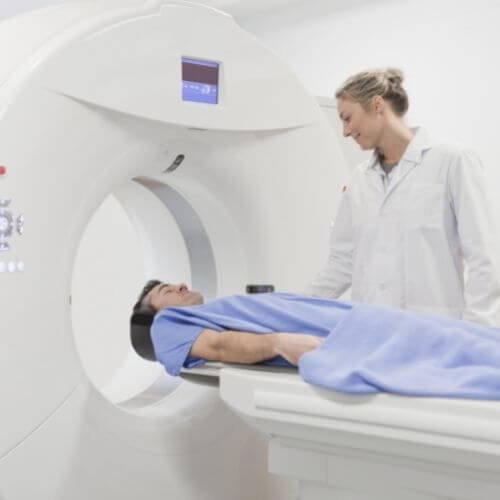
CT scan begins with 2-D imaging that is used to create 3-D cross-sections to reveal the organs, blood vessels, and bones. This type of scan is often prescribed to check for abnormalities in the brain, spine, neck, chest, or abdomen.
It helps doctors evaluate hard tissues such as bone, and soft tissue such as muscle. The CT scan will show everything from bone fracture to tumor. It is a painless procedure.
The scanning process usually takes a few minutes. Some patients may need to ingest a contrast material before the scan, either by drinking the substance or receiving it IV(intravenous).
In addition to learning the cancer stage of the patient, a PET/CT scan can help the doctor:
- Find the right place for the biopsy.
- Learn, if your cancer treatment is working
CT scan and MRI, both types of scan have similar uses, but they produce images in different ways. CT scans are more common and less expensive, but MRI scan produces more detailed images. Some people refer to a CT scan as a CAT scan(computerized axial tomography). There is slight exposure to radiation as a result of the scan and some make use of contrast dye(iodine)to highlight a certain part of the body.
These symptoms presented by the patient may also require a CT scan.
👉 Detect bone injuries on delicate parts of the body.
👉 Check for soft tissue damage to the body.
👉 Find tumors before and during surgery.
👉 Discover skeletal diseases based on bone density.
👉 Check for brain tumor or damage, potentially post-accident.
👉 Find the exact location of a tumor.
MRI(MAGNETIC RESONANCE IMAGING)
This type of scan uses radio waves and magnets to create images. The use of CT and MRI scans are very similar. A Doctor may order an MRI SCAN when they need to create more accurate detailed images of the body.
Doctors commonly use MRI scans to diagnose issues with Bones, organs, and joints, including those that affect the
👉Ankle
👉Breasts
👉Brain
👉Heart
👉Joints, wrist, and blood vessels.
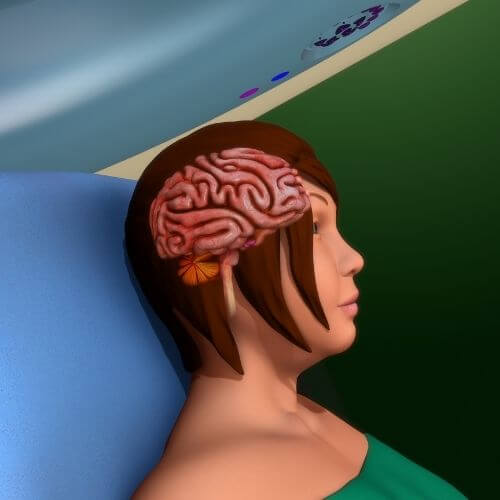
And CT scan, includes examining or looking for.. tumor, bone fracture, internal bleeding, cancer development, and response to treatment. MRI scanners are very noisy and a technician may offer a person earplugs or headphones to help dull the noise. CT machine is relatively quiet.
MRI scans do not use radiation. They do however use strong magnetic fields. People must let their technicians know if they have any form of medical implant, such as a pacemaker, insulin pump, or cochlear implant.
CT SCANS person receives a very small dose of radiation, but it is not harmful. CT scans use ionizing radiation which has the potential to affect biological tissues. For both CT scans and MRI scans a Doctor may recommend using contrast dye to make the image clearer.
CT scan is generally good for larger areas, while an MRI scan produces a better overall image of the tissue under examination. Both have risk but relatively safe procedures. Both scans usually require the person to lie down on a bed that then moves into the scanner. They will need to remain very still during the scan so that the machines can take clearer images.
In both cases, the technician will leave the room during the scan but the person can talk to them via an intercom. During an MRI scan, the person lies down in an MRI scanner, which is a machine that creates a constant magnetic field and uses radio waves to bounce off water molecules and fat cells in the body.
The scanner also sends images to a computer. CT scan MRI scan can’t reveal problems at the cellular level. An MRI scan can be used when your organ shape or blood vessels are in question. Whereas PET scans will be used to see the body’s function.

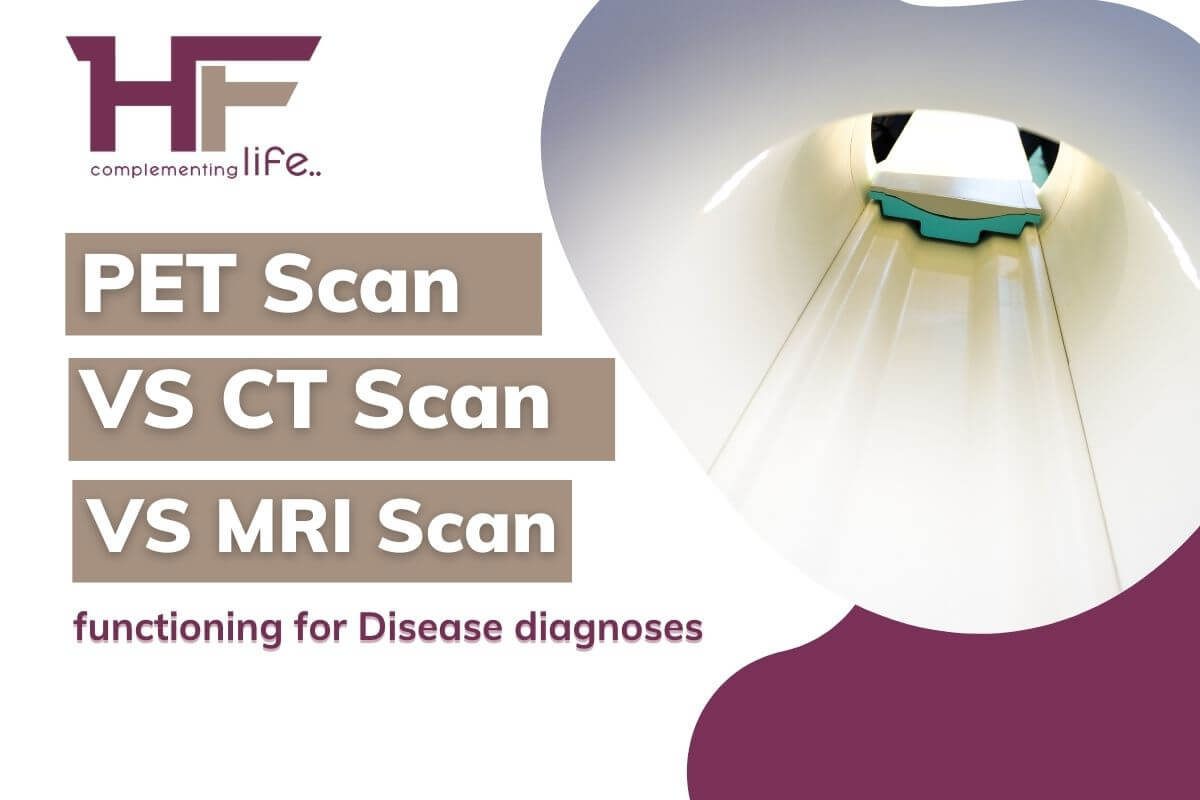
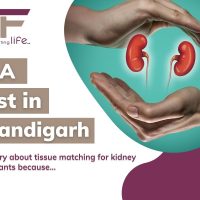


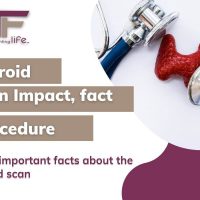

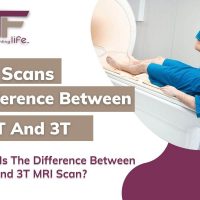

Comments